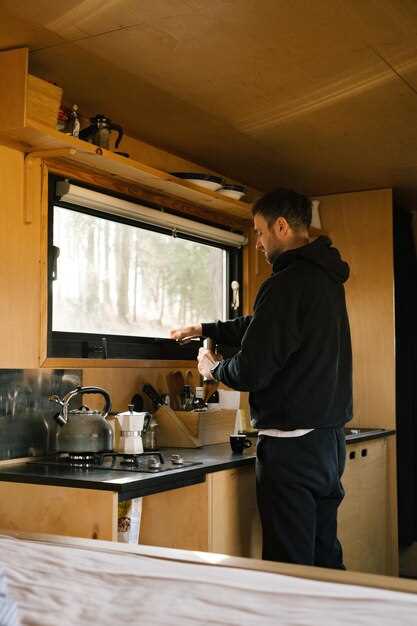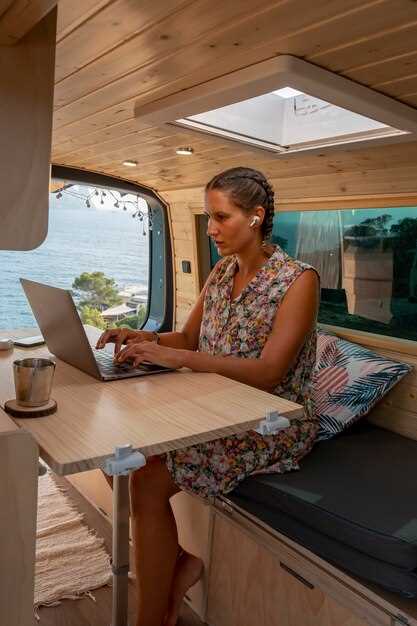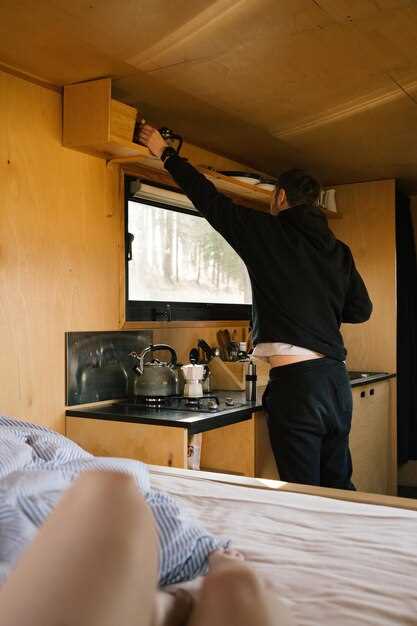
When it comes to maximizing the potential of a trailer, the interior design plays a crucial role in ensuring both storage efficiency and usability. Trailers are often used for a variety of purposes, from transporting goods to serving as mobile living spaces, which means that their interiors must be versatile and well-organized. Proper optimization of these interiors can lead to enhanced functionality and ease of use, making the trailer a valuable asset in various situations.
Effective storage solutions are essential in a trailer’s interior, as space is typically limited. Utilizing vertical space, incorporating built-in shelving, and creating multi-functional furniture can significantly improve storage capacity. Additionally, thoughtful placement of items can prevent clutter and streamline access to frequently used materials, fostering a more organized environment.
Usability is equally important in trailer design. A well-planned interior not only accommodates the necessary items but also facilitates smooth movement and operation within the space. Considerations such as door placements, floor plan layout, and accessibility can greatly influence how effectively the trailer serves its intended purpose. Achieving the right balance between storage and usability ensures that trailers can adapt to different needs and situations without compromising functionality.
Maximizing Vertical Space: Shelving Solutions for Trailers

In the world of trailer interiors, efficient use of space is crucial. One of the most effective ways to enhance storage and usability is by maximizing vertical space through innovative shelving solutions.
Adjustable Shelving Units are a versatile option for trailers. These units allow you to customize shelf height according to your storage needs. By keeping items off the floor, adjustable shelves provide a clean and organized interior, making it easier to access belongings while traveling.
Utilizing Wall-Mounted Shelves can significantly free up floor space. They can be installed at different heights, accommodating varying load sizes and types. This method not only organizes frequently used items, but also creates an open feel in the trailer’s interior, enhancing mobility and comfort.
Bins and Containers placed on shelves can further improve organization. Using clear bins helps in quickly identifying contents, while labeled containers can enhance functionality by designating specific areas for tools, supplies, or personal items. This system makes it easier to pack and unpack quickly for trips.
Incorporating Corner Shelves is another strategy to take advantage of vertical space. These units utilize oft-neglected areas, turning corners into practical storage zones. By placing items such as first aid kits or emergency supplies, you can maximize every inch of your trailer’s interior.
Lastly, utilizing vertical dividers or pegboards can add additional storage options on shelving units. By creating specific sections for tools or equipment, you ensure that everything is easily accessible and well-organized. This flexibility is essential for maintaining an efficient and user-friendly trailer interior.
In summary, maximizing vertical space in trailers through various shelving solutions not only enhances storage capabilities but also significantly improves usability. With a well-organized interior, users can enjoy a more streamlined experience while on the road.
Choosing the Right Materials for Durable and Lightweight Interiors
When designing a trailer interior, the choice of materials plays a crucial role in achieving both durability and lightweight characteristics. Selecting the right materials can enhance usability while ensuring that the trailer maintains its structural integrity over time.
One popular option is aluminum, known for its low weight and high strength-to-weight ratio. Aluminum can be used for framing and cabinetry, providing a sturdy yet lightweight solution that resists corrosion. This makes it ideal for trailers frequently exposed to various weather conditions, thus prolonging the lifespan of the interior components.
Composite materials are another excellent choice for trailer interiors. They often combine fiberglass and foam, offering significant weight savings without compromising strength. These materials can be molded into various shapes, allowing for creative design solutions that maximize space and functionality.
Plywood is a traditional yet reliable option for cabinetry and furniture. When choosing plywood, it is essential to select a lightweight variant, such as birch or poplar. These options provide good durability and a pleasing aesthetic while being light enough to optimize the overall weight of the trailer.
For flooring, laminate and vinyl options are advantageous due to their lightweight nature and ease of maintenance. Both materials resist moisture and are available in various designs, allowing for customization while ensuring a functional and durable finish.
Additionally, upholstery plays a significant role in the overall comfort of the trailer interior. Lightweight fabrics such as nylon or polyester are ideal for cushions and seating. These materials are not only durable but also easy to clean, ensuring a long-lasting interior that remains practical for users.
In conclusion, careful consideration of materials when optimizing trailer interiors is vital. Utilizing lightweight yet durable options such as aluminum, composites, plywood, and appropriate flooring and upholstery can significantly enhance usability and longevity, catering to the diverse needs of trailer users.
Innovative Organization Tools: Hooks, Bins, and Folding Mechanisms

Maximizing the functionality of a trailer’s interior requires creative organization solutions that enhance both storage capacity and usability. By integrating innovative tools such as hooks, bins, and folding mechanisms, trailer owners can transform their space into a more efficient and user-friendly environment.
Hooks are an essential organizational tool for trailers. They can be mounted on walls, ceilings, or inside compartments, providing accessible storage for various items. Tools, outdoor gear, and even kitchen utensils can be hung up, keeping them off the floor and easily reachable. Adjustable and removable hooks allow for customization based on changing needs, making them a versatile choice for any trailer interior.
Bins, on the other hand, offer a more contained organizational solution. Utilizing stackable bins can help segment items by category, such as clothing, food supplies, or recreational equipment. Clear plastic bins allow for visibility, making it easy to locate specific items without unnecessary rummaging. Additionally, bins can be fitted into dedicated shelving or mounted brackets, ensuring that everything remains organized and within reach.
Folding mechanisms provide another layer of versatility in trailer storage. Foldable furniture, such as tables and seats, can be stowed away when not in use, freeing up valuable floor space. Similarly, collapsible storage containers can expand and contract depending on the requirements of the day. This adaptive approach not only enhances usability but also ensures that the trailer can accommodate a variety of activities and storage needs.
Incorporating these innovative organization tools into a trailer’s interior can significantly improve both functionality and user experience. By maximizing vertical space with hooks, utilizing bins for organized storage, and implementing folding mechanisms for versatility, trailer owners can create a well-structured environment that meets all their needs.




